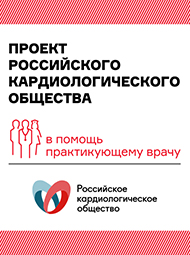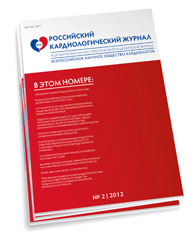6-Minute Walk Time Predicts TAVI Outcome
Among patients with chronic obstructive pulmonary disease (COPD) undergoing transcatheter aortic valve implantation (TAVI) for severe symptomatic aortic stenosis, worse exercise capacity at baseline was associated with poorer outcomes, researchers found.
Each 20-meter (66-feet) decrease in 6-minute walk distance was associated with a greater likelihood of dying during follow-up (odds ratio 1.16, 95% CI 1.06-1.27) and of having the treatment fail to work (OR 1.16, 95% CI 1.02-1.19), according to Josep Rodés-Cabau, MD, of Laval University in Quebec City, and colleagues.
In addition, a greater degree of airway obstruction at baseline was associated with a greater likelihood of periprocedural pulmonary complications (OR 1.18 for each decrease of 5% in forced expiratory volume in 1 second, 95% CI 1.02-1.38), they reported in the October issue of JACC: Cardiovascular Interventions.
"These results highlight the importance of a global pre-procedural functional and respiratory assessment in COPD-TAVI patients as it may help predict prognosis and patient selection," they wrote. "Future studies will have to determine the potential usefulness of measures to optimize pulmonary function pre- and post-TAVI to improve clinical outcomes in patients with COPD."
About 19% of patients with severe aortic stenosis also have COPD, one of the main conditions that precludes surgical aortic valve replacement. Thus, the rate of COPD is much higher among patients undergoing TAVI as an alternative, with reported rates of 28% to 43%.
COPD has been shown to be risk factor for mortality in TAVI patients, and "a better knowledge of the factors determining poorer outcomes in COPD patients would be of major importance to improve both patient selection and perioperative management," Rodés-Cabau and colleagues wrote.
The study included 319 patients (mean age 80) who underwent TAVI. Overall, 29.5% had COPD.
In the first 30 days after the procedure, there was no difference between the COPD and non-COPD group in the rate of death (9.6% versus 7.1%, P=0.578), although COPD patients were more likely to have pulmonary complications (27.7% versus 4.5%, P<0.0001).
Beyond 30 days, the mortality rate was significantly higher in the patients with COPD (29.8% versus 18.2%, P=0.036), mostly attributed to a difference in death from respiratory failure (12.8% versus 0.9%, P<0.001).
In a multivariate analysis, COPD was an independent predictor of cumulative mortality through a median follow-up of 12 months (hazard ratio 1.84, 95% CI 1.08-3.13).
As for functional status, TAVI was associated with improvements in both groups according to three different measures -- New York Heart Association class, Duke Activity Status Index, and 6-minute walk test. Patients with COPD, however, were significantly less likely to have improvement in NYHA class (71.6% versus 83.7%, P=0.036).
At 6 months, treatment futility -- defined as death or a lack of improvement in functional status -- occurred in 42.5% of patients with COPD. That outcome was best predicted by a 6-minute walk distance of less than 170 meters (558 feet) at baseline (P=0.002).
"These findings suggest that in COPD patients, the 6-minute walk test may represent one baseline test that will ultimately contribute to a TAVI risk index," the authors wrote.
They acknowledged that the study was limited by the use of the Society of Thoracic Surgeons' definition of COPD rather than the GOLD (Global Initiative for Chronic Obstructive Lung Disease) definition; by the inability of some patients to perform the 6-minute walk test; and by the relatively small number of patients with COPD.
In addition, all patients were under general anesthesia, all procedures were performed using transesophageal echocardiography guidance, and most of the patients underwent TAVI using a transapical or transaortic approach.
"These results might therefore not apply to TAVI procedures performed with local anesthesia and without thoracotomy, and future studies will have to evaluate the impact of COPD on patients undergoing this type of TAVI procedure," the researchers wrote.
Source: www.medpagetoday.com






